U.S. spring wheat crop looks good but not stellar – The Western Producer
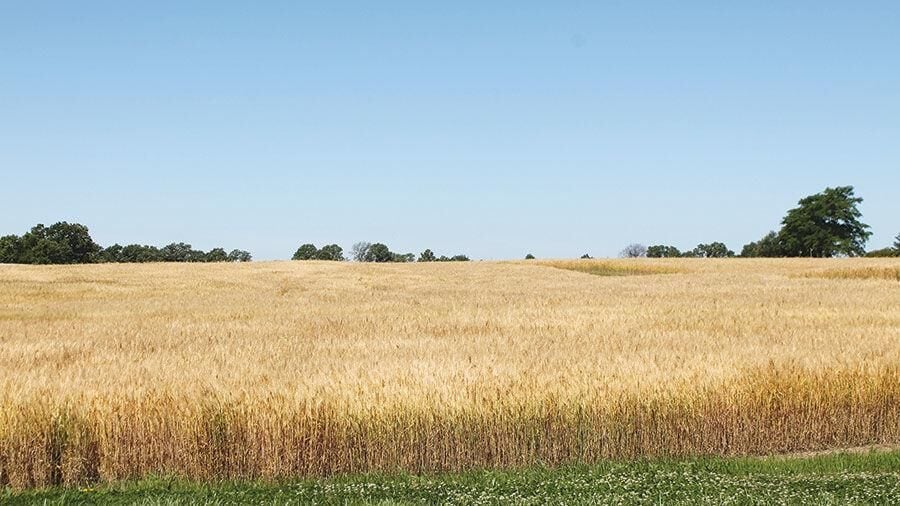
Report on U.S. Spring Wheat Crop Forecast and Sustainable Development Implications
Executive Summary
This report analyzes the 2024 United States spring wheat and durum crop forecast, contextualizing the findings within the framework of the United Nations Sustainable Development Goals (SDGs). While yields are projected to be above average, they are not expected to reach the record levels of the previous year. The forecast highlights challenges and successes related to food security (SDG 2), economic growth (SDG 8), climate action (SDG 13), and collaborative partnerships (SDG 17).
Crop Yield Projections and Impact on SDG 2: Zero Hunger
The stability of staple crop production is fundamental to achieving SDG 2 (Zero Hunger) by ensuring global food security. Current estimates indicate a strong, albeit reduced, harvest compared to the prior year, which will contribute significantly to food supplies. However, discrepancies between different assessments suggest a need for cautious optimism.
- Wheat Quality Council Tour Estimate:
- Spring Wheat: 49 bushels per acre (down from 54.5 last year).
- Durum: 37 bushels per acre (down from 45.3 last year).
- U.S. Department of Agriculture (USDA) July Forecast:
- Spring Wheat: 51.7 bushels per acre.
- Durum: 38.7 bushels per acre.
- Canadian Comparative Forecast:
- Spring Wheat: 51.5 bushels per acre.
- Durum: 31.4 bushels per acre.
The North Dakota Wheat Commission suggests the USDA forecast may not have fully accounted for adverse weather, indicating the tour’s lower estimate could be more realistic. A smaller-than-expected crop could have implications for global grain markets and food availability, underscoring the fragility of food systems targeted by SDG 2.
Environmental Factors, Climate Resilience, and SDGs 12 & 13
The 2024 growing season has been shaped by significant weather events, highlighting the critical link between agriculture, climate resilience (SDG 13: Climate Action), and sustainable production patterns (SDG 12: Responsible Consumption and Production).
Key Environmental Observations:
- Adverse Weather: Hot and dry conditions in June, particularly in northern regions, negatively impacted crop potential. Recent wind and rain have also caused lodging, which can complicate harvesting and reduce final yields.
- Climate-Related Quality Risks: Persistent rain near the U.S.-Canada border poses a threat to crop quality. Excessive moisture can delay the harvest and lead to disease, potentially increasing post-harvest losses and undermining the goals of responsible production under SDG 12.
- Sustainable Farming Indicators: Tour participants noted that fields were surprisingly clean with less disease than anticipated, suggesting the successful application of sustainable farming practices that contribute to ecosystem health and efficient production.
Economic Viability and Regional Disparities: SDGs 8 & 17
The economic health of the agricultural sector is a cornerstone of SDG 8 (Decent Work and Economic Growth). Market reactions and regional performance disparities illustrate the economic complexities facing producers.
Market and Regional Analysis:
- Muted Market Response: The market has not significantly reacted to the findings of a smaller spring wheat crop, focusing instead on large U.S. corn and hard red winter wheat supplies. This lack of response poses an economic challenge for spring wheat producers.
- Regional Performance Variation: Crop conditions vary significantly by state, demonstrating uneven impacts of weather patterns.
- Montana: 53% of the spring wheat crop rated good to excellent.
- North Dakota: 87% rated good to excellent.
- Minnesota: 92% rated good to excellent.
- Partnerships and Trade (SDG 17): The analysis relies on collaborative data from entities like the Wheat Quality Council and government bodies such as the USDA. Furthermore, the discussion of crop quality differentials highlights the trade interdependencies between Canada and the U.S., reinforcing the importance of international partnerships for stable agricultural markets.
1. Which SDGs are addressed or connected to the issues highlighted in the article?
SDG 2: Zero Hunger
This goal is central to the article, which focuses entirely on the production and yield of spring wheat and durum, staple food crops essential for global food security. The discussion revolves around crop estimates, yield per acre, and factors affecting the harvest, all of which are directly linked to the availability of food and the stability of food production systems.
SDG 13: Climate Action
The article explicitly connects crop performance to climate-related events. It mentions that crop yields are impacted by “hot and dry June conditions,” “recent wind and rain events,” and “persistent rain.” These references highlight the vulnerability of agricultural systems to climate-related hazards and the need to strengthen resilience, which is a core component of SDG 13.
SDG 15: Life on Land
This goal is relevant as the article discusses the health and productivity of agricultural land. The text notes that “crops have suffered” in dry regions like “western North Dakota and Montana” and “Western Canada’s dry region.” This points to the impact of environmental conditions on terrestrial ecosystems, specifically the degradation of land productivity due to factors like drought.
2. What specific targets under those SDGs can be identified based on the article’s content?
-
SDG Target 2.4: By 2030, ensure sustainable food production systems and implement resilient agricultural practices that increase productivity and production, that help maintain ecosystems, that strengthen capacity for adaptation to climate change, extreme weather, drought, flooding and other disasters and that progressively improve land and soil quality.
The article’s focus on the vulnerability of wheat crops to adverse weather conditions (“hot and dry June conditions,” “wind and rain events”) directly relates to this target. The lower-than-expected yields demonstrate a lack of resilience in the current agricultural practices, underscoring the need for systems that can better adapt to extreme weather and climate change.
-
SDG Target 13.1: Strengthen resilience and adaptive capacity to climate-related hazards and natural disasters in all countries.
The article provides a clear example of agriculture’s susceptibility to climate-related hazards. The reduced yields are attributed to specific weather events, such as the “hot and dry June conditions” and “persistent rain” causing potential quality issues. This illustrates the direct impact of these hazards and highlights the importance of building adaptive capacity within the agricultural sector.
-
SDG Target 15.3: By 2030, combat desertification, restore degraded land and soil, including land affected by desertification, drought and floods, and strive to achieve a land degradation-neutral world.
The article’s mention of crops struggling in “Western Canada’s dry region” and the impact of “hot and dry June conditions” on the spring wheat growing region relates to this target. These dry conditions affect the productivity of the land, which is a form of land degradation. The lower crop yields are a direct consequence of this environmental stress on the soil and land.
3. Are there any indicators mentioned or implied in the article that can be used to measure progress towards the identified targets?
-
Agricultural Yield (Bushels per Acre)
This is a direct quantitative indicator for Target 2.4. The article provides specific data points, such as the tour’s estimate of “49 bushels per acre” for spring wheat and “37 bu. per acre” for durum. These figures are used to measure agricultural productivity and can be tracked over time to assess the resilience and sustainability of food production systems.
-
Crop Condition Rating (Percentage in Good to Excellent Condition)
This is a key indicator for Targets 13.1 and 15.3, as it measures the health of the crop in response to environmental stressors. The article states, “Slightly more than half (53 percent) of Montana’s spring wheat crop was rated in good to excellent condition.” This metric provides a snapshot of the crop’s resilience to conditions like drought and can be used to assess the impact of climate-related hazards on agricultural land.
-
Qualitative Impact of Weather Events
The article implies an indicator by describing the physical effects of weather. Mentions of “more lodging than the past few years due to recent wind and rain events” and potential “quality issues” from “persistent rain” serve as qualitative indicators for Target 13.1. They describe the specific ways in which climate-related hazards manifest and impact crop production beyond simple yield numbers.
4. Create a table with three columns titled ‘SDGs, Targets and Indicators” to present the findings from analyzing the article.
| SDGs | Targets | Indicators |
|---|---|---|
| SDG 2: Zero Hunger | Target 2.4: Ensure sustainable food production systems and implement resilient agricultural practices. |
|
| SDG 13: Climate Action | Target 13.1: Strengthen resilience and adaptive capacity to climate-related hazards. |
|
| SDG 15: Life on Land | Target 15.3: Combat desertification, restore degraded land and soil. |
|
Source: producer.com

What is Your Reaction?
 Like
0
Like
0
 Dislike
0
Dislike
0
 Love
0
Love
0
 Funny
0
Funny
0
 Angry
0
Angry
0
 Sad
0
Sad
0
 Wow
0
Wow
0





































































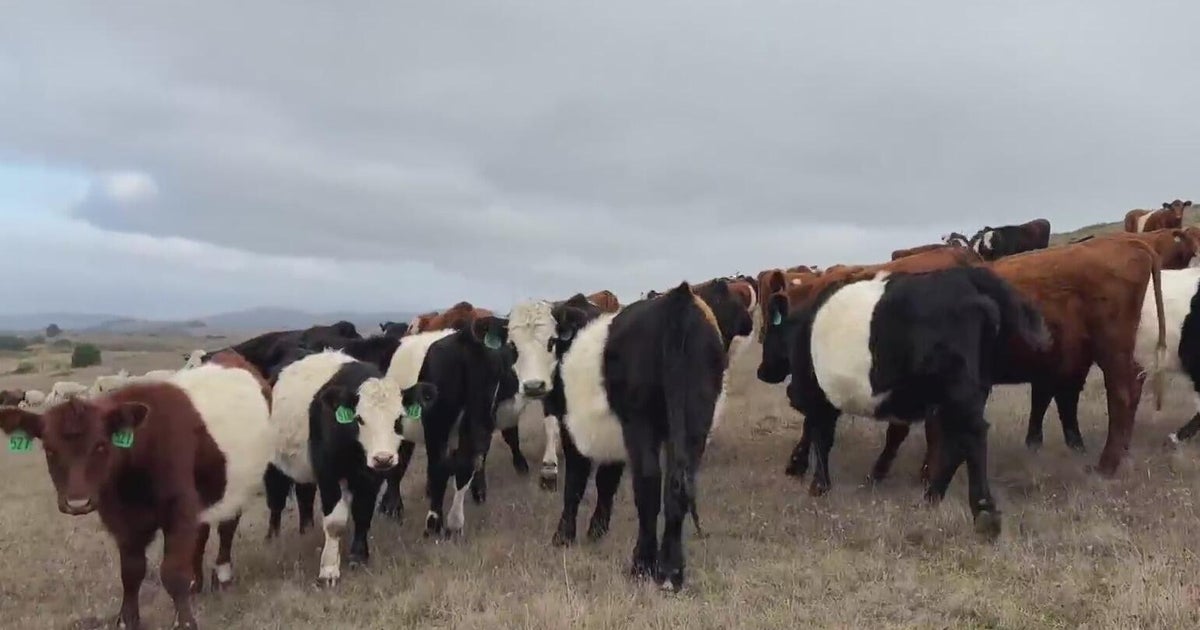

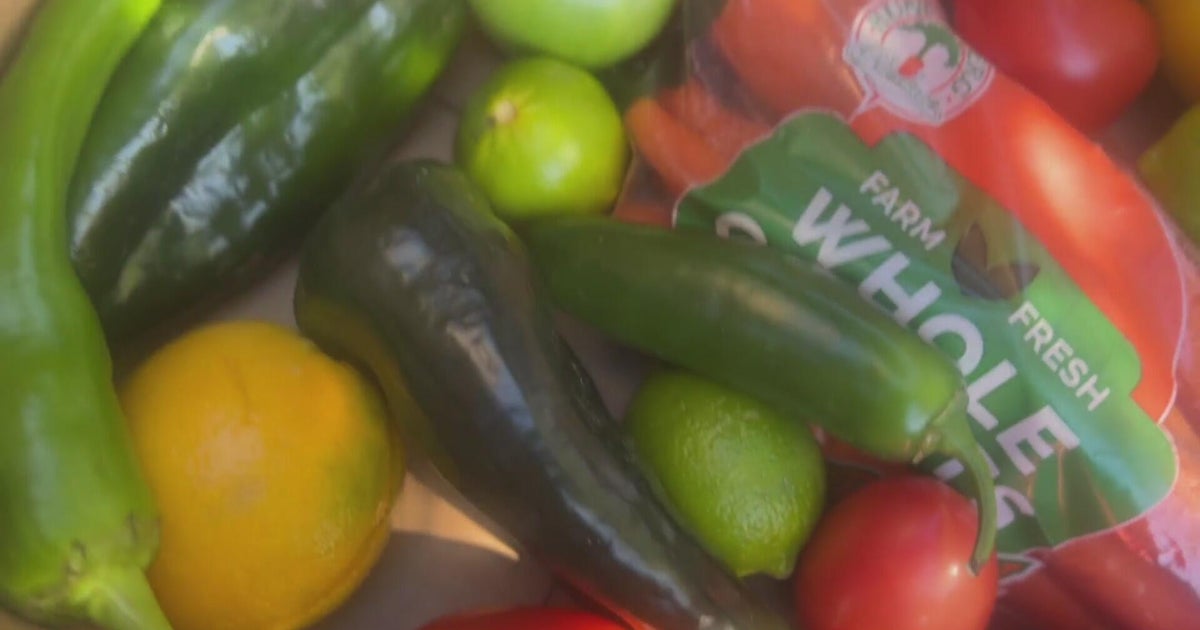
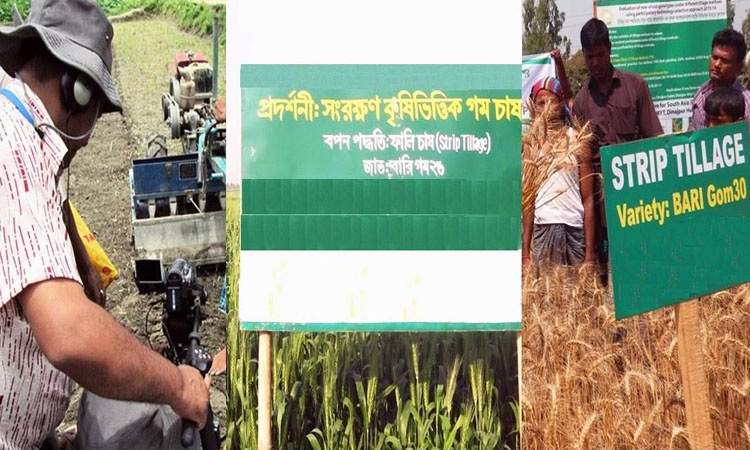
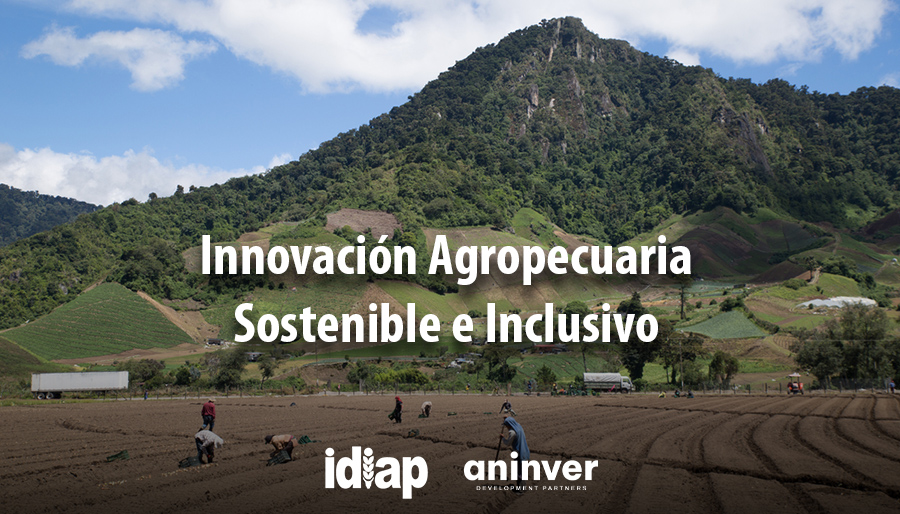
![Significant progress made, but urgent action continues to be needed with 16 million people facing severe levels of acute food insecurity and 1.6 million children acutely malnourished in Bangladesh [EN/BN] – ReliefWeb](https://reliefweb.int/sites/default/files/styles/large/public/previews/31/9e/319ed978-b5f5-4b6d-9b3d-e530da6422ec.png?#)







